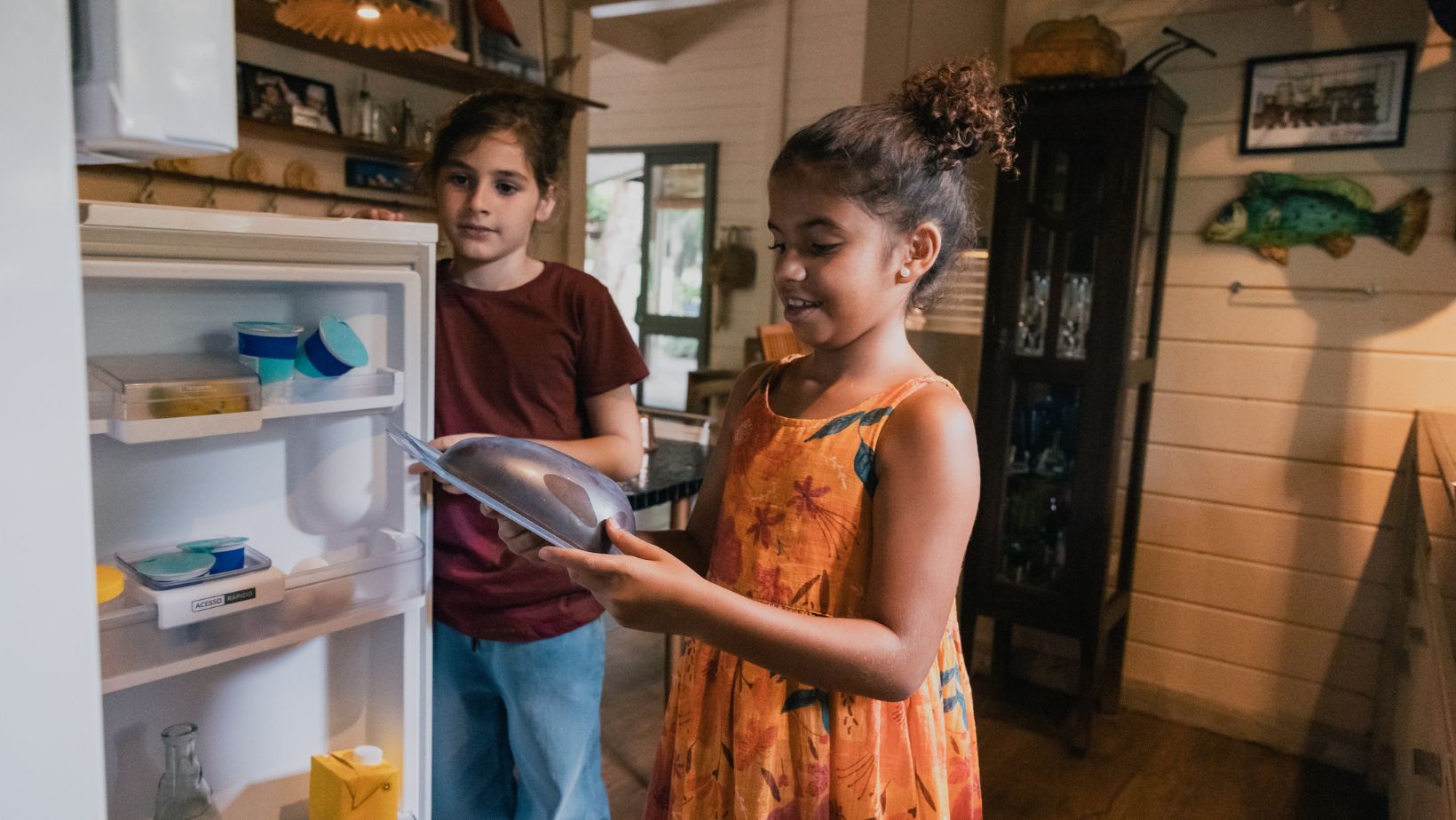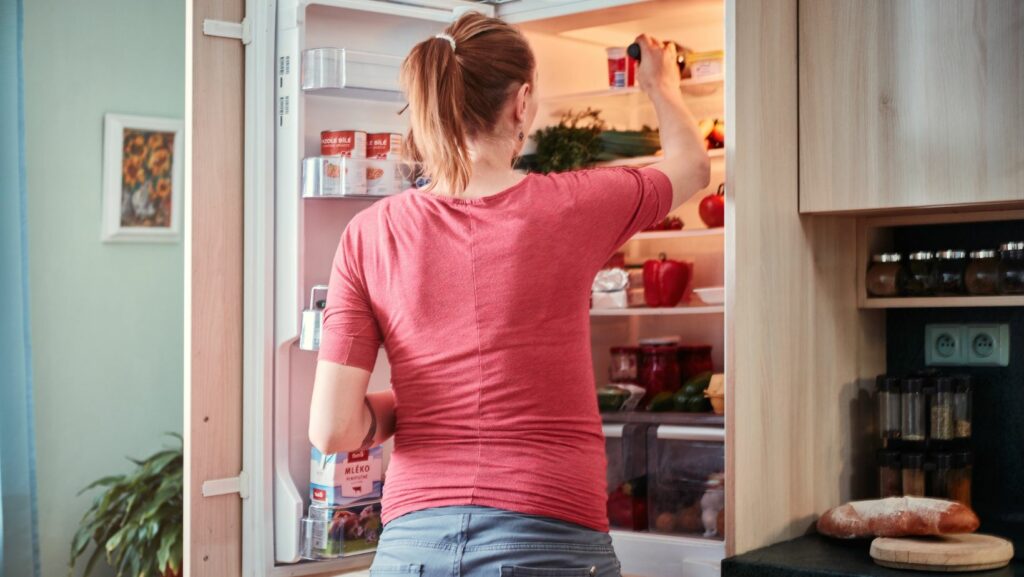We rely on our refrigerators every day without thinking much about how well they’re actually working. As long as it feels cold when you open the door, it’s easy to assume everything inside is being kept fresh and safe. But the truth is, your fridge could be running just a little too warm or too cold — and that small difference could be quietly spoiling your groceries, shortening shelf life, or even creating food safety issues. That’s why more people are using a temperature monitoring device to track the actual conditions inside their fridge rather than trusting the default settings.
Your Fridge Dial Isn’t As Accurate As You Think
Most fridges come with a dial from 1 to 5 or a digital setting that suggests a temperature, but these settings often don’t reflect the actual temperature in different parts of the fridge. Cold air doesn’t circulate evenly — the back may be colder than the door shelves, and the top could be warmer than the bottom drawers. That means some of your food may be sitting just above the recommended safe range without you realising. Milk goes sour too fast, veggies wilt before their time, and leftovers might not be as safe as they look.
The Ideal Temperature Range for Freshness and Safety
Food safety experts recommend keeping your fridge between 0°C and 4°C. Anything warmer than that and bacteria can begin to grow — especially on raw meats, dairy, and cooked leftovers. Anything colder, and you run the risk of freezing fresh produce and ruining the texture of foods like eggs or soft fruits. Unfortunately, many fridges fluctuate outside this range due to overcrowding, blocked vents, or just poor design. That’s why it’s important to check the actual temperature, not just assume the fridge is doing its job.
Signs Your Fridge Might Be Letting You Down
If you’re noticing certain foods spoiling more quickly than they should, or freezing when they shouldn’t, it might be your fridge’s fault. Here are a few red flags:
- Condensation inside containers or on food packaging
- Strange odours even when everything’s sealed
- Ice crystals forming on fresh produce
- Food going bad before its use-by date
- A fridge that seems to run non-stop or rarely cycles on
These signs point to inconsistent or poorly controlled temperatures, and they can often be fixed by adjusting airflow, clearing blocked vents, or better organising food placement.

What to Do if Your Fridge Isn’t Staying Consistent
Start by checking how full your fridge is. A fridge that’s packed too tightly can prevent cold air from circulating properly. On the other hand, a nearly empty fridge might not retain cold air well. Aim for about two-thirds full, with some space between items for airflow. Clean the coils on the back or underneath your fridge — dusty coils can cause it to work less efficiently. And make sure the door seals are tight and clean, since a worn-out seal can let cold air escape without you noticing.
Use Smart Tools to Keep Things in Check
Instead of guessing, a simple fridge thermometer or a digital smart monitor can help you understand the real temperature in different zones. Some models even send alerts to your phone if things go out of range. This is especially useful if you’re storing expensive groceries, meal-prepping for the week, or managing food for a large household. With accurate readings, you can make better decisions about where to place your items and catch potential issues before they ruin your food.
Storage Tips That Extend Freshness
Proper placement of items can make a big difference in how long they last:
- Leading shelves: Best for drinks, leftovers, and ready-to-eat items
- Middle shelves: Ideal for dairy, since it needs a stable temperature
- Lower shelves: Use for raw meat (kept in a sealed container) to prevent drips and contamination
- Crisper drawers: Designed for produce — one drawer for fruits, one for vegetables to control humidity
- Fridge doors: Warmest spot, only suitable for condiments and drinks, not milk or eggs
These simple storage habits, combined with accurate temperature control, can prevent food waste and save you money over time.
Your Fridge Should Work for You — Not Against You
We’ve all had the frustrating experience of throwing out spoiled food we thought would last longer. While some food waste is unavoidable, a surprising amount of it can be traced back to something as basic as temperature. Your fridge isn’t just a cold box — it’s a tool that should help preserve your groceries, not quietly ruin them. A little attention to detail, a few smart tweaks, and a better understanding of how your fridge functions can go a long way in helping your food last longer, taste better, and stay safe to eat.

